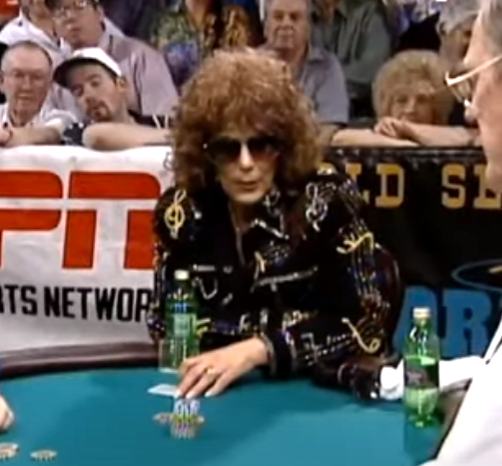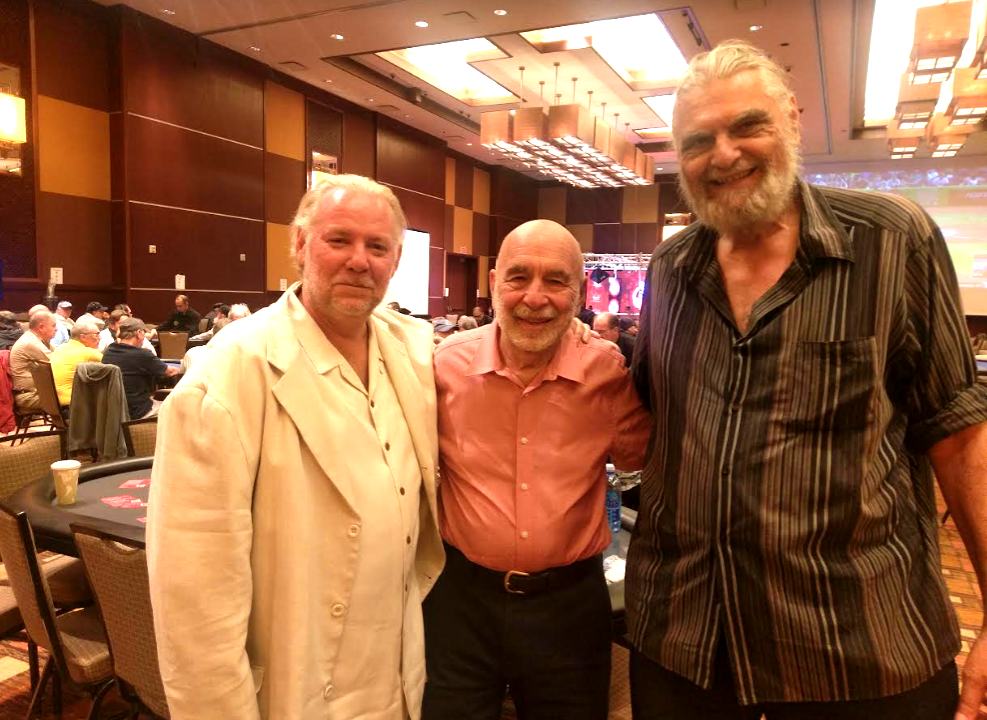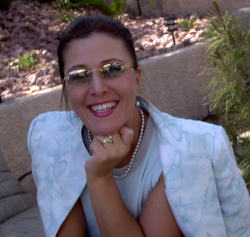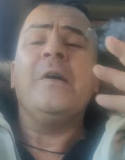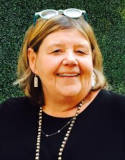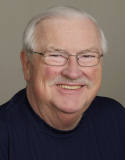Remembrances on the 25th Anniversary of Stu Ungar’s Death

Read MorePreface: Last week marked the 25th anniversary of Stu Ungar’s death. In remembrance of the occasion, I was featured in a few interviews and was asked to share my memories of being with Ungar.
I remembered my experiences of working with him, and eventually co-writing One of a Kind: The Rise and Fall of Stuey ‘the Kid’ Ungar, the World’s Greatest Poker Player (with Peter Alson).
What follows is the longer (unedited) version of the full interview with Santiago García Mansilla, a writer-journalist based in Argentina. The article is in Spanish and can be seen HERE. Also, The Sporting News did a story on this, which can be seen HERE.




